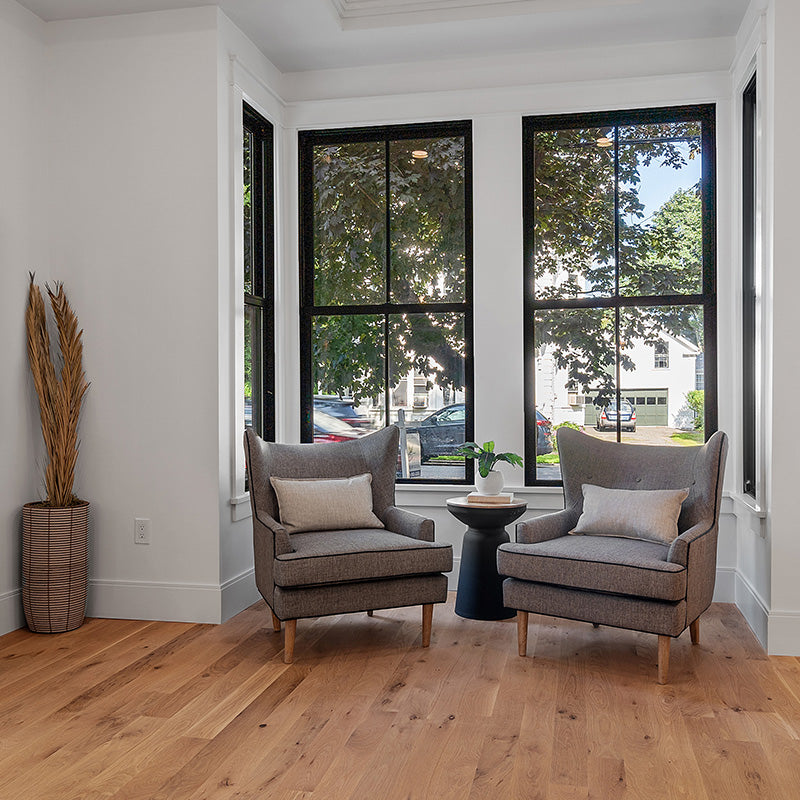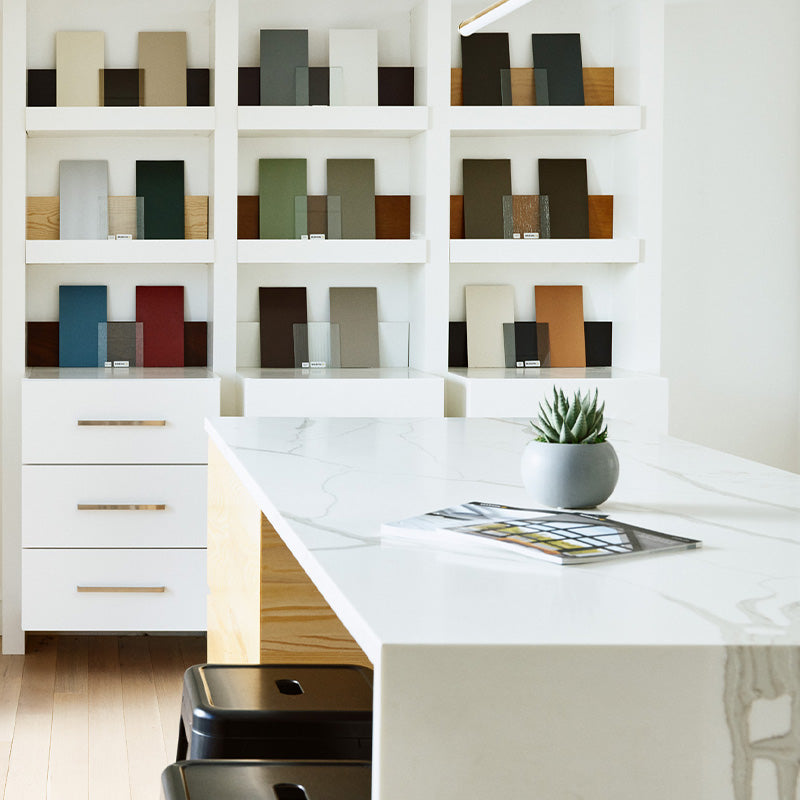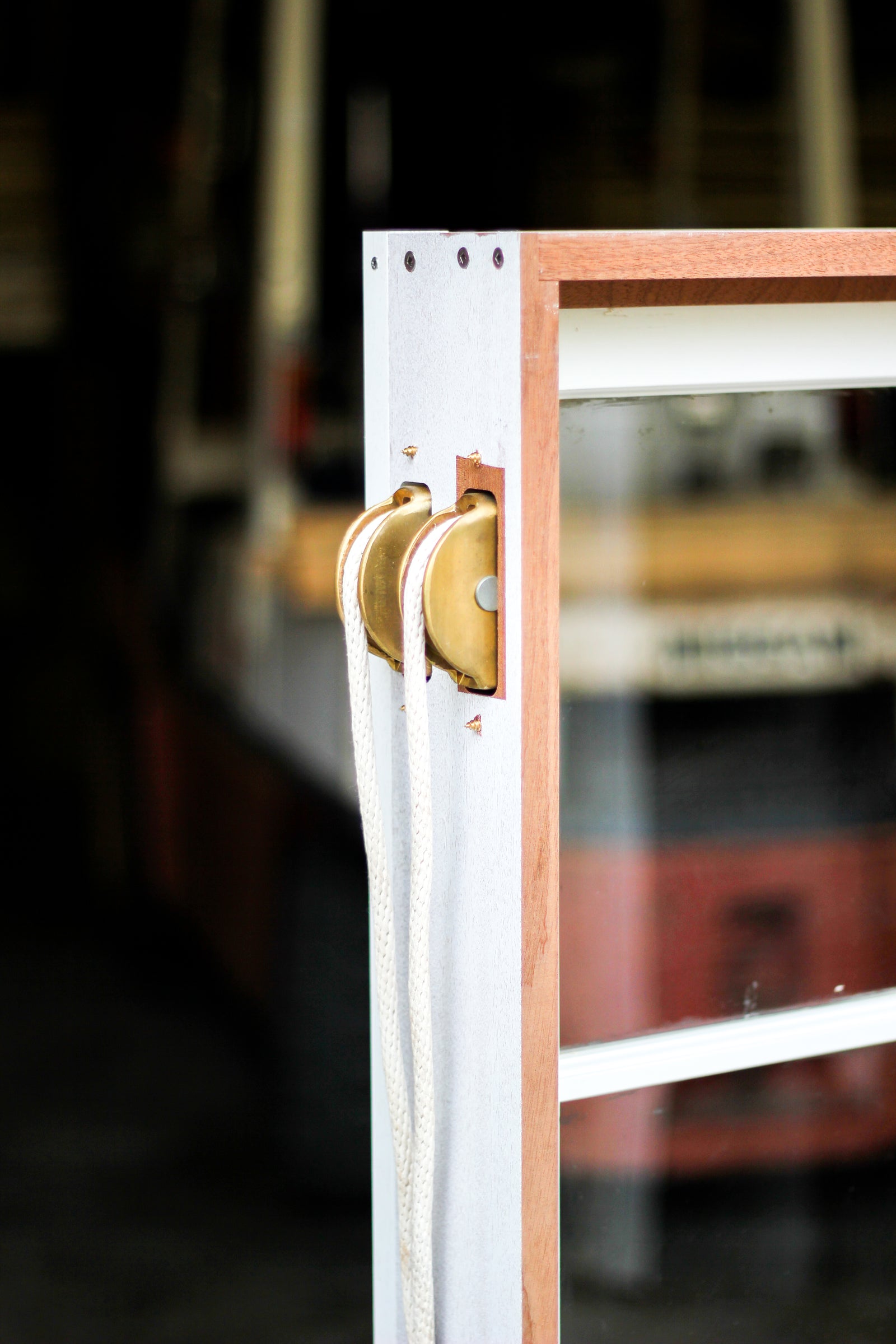Your Cart is Empty
Projects
Resources

Protect Your Deck
April 28, 2016 3 min read
Summer is coming and we’ve been waiting months for this. To dust off the porch furniture and fire up the grill. Investing in your deck now can help you get the most out of the summer sun. It will also help carry that deck through the cold months for next season. A well maintained deck will last through the seasons, to help keep you at the grill year after year.
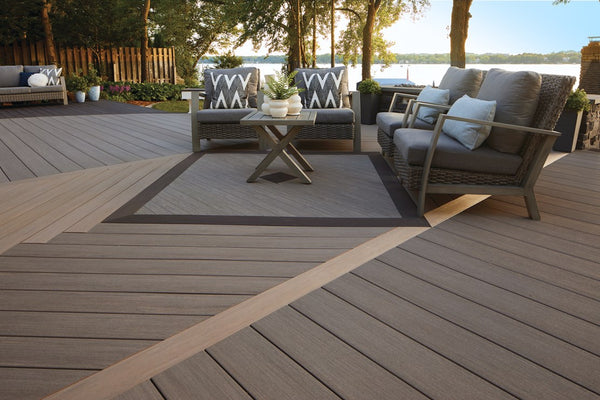
In the warmer months decks and patios become staples in our lives. Grilling out or just sitting on the deck having a cold beverage on a warm summer night, who can say no to that sort of thing?
Even when we aren’t using them, decks take a beating from the weather. Decking is a horizontal surface, outside and exposed to the elements 24/7/365. While decking is often made from pressure treated wood, it is important to note that “pressure treated” and “weather proof” are not the same thing. Composite decking has become more popular and holds up to the elements better than wood, but there is no force so great as Mother Nature. Over time, exposure gets to everything.
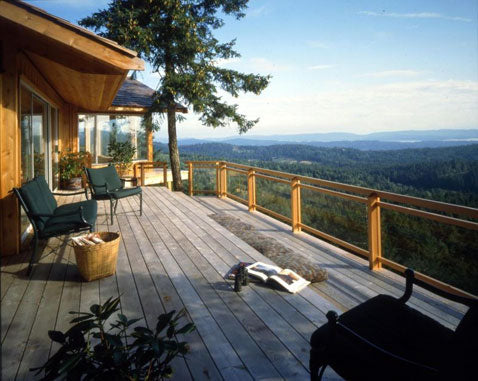
Surface Graying from UV exposure
Baking in the hot sun can fade wood and dry it out, giving you that dull gray color. Applying a deck brightener can help bring some of the color back, however it’s important keep up with preventative maintenance. Using a deck finish that contains UV inhibitors can help prevent this.
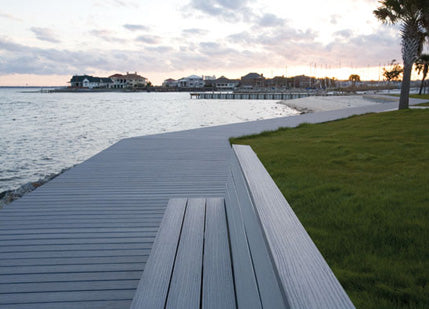
Corrosion from Salt Deposits
Living a coastal life has it’s ups and downs. While the glory of beautiful seascapes everyday are totally worth it, the salt can take a toll. Whenever you are building near the ocean, take care to choose products that can hold up better against the corrosive nature of salt. When the sea spray dries, the salt and minerals are left behind on your home/deck/car. Salt water pools can have this same effect, cement pool decks can often be susceptible to these salt deposits and require careful sealing.
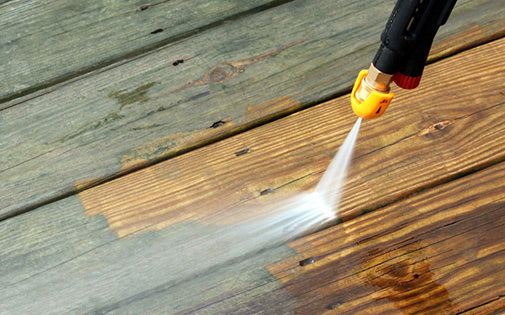
Mildew Staining
Humid, damp climates can create the perfect environment for moss and mildew to grow on your decks, particularly in the shady areas. A mossy patina of green, black or brown can begin growing on your deck. Pressure cleaning your decks can go a long way in getting rid of this patina. Wood rot and decay can also occur from termites and other bugs. Pressure treated wood often holds up better to the bugs, but is still subject to the elements.
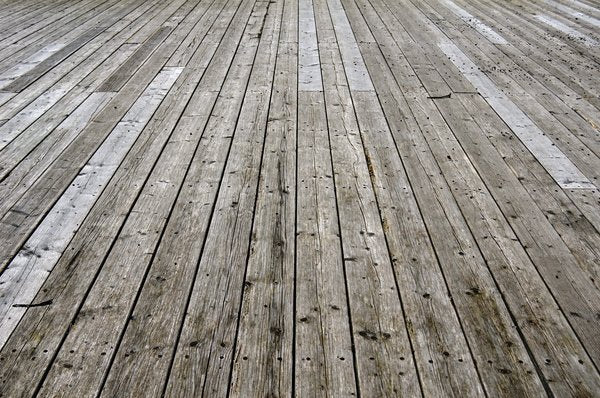
Weather Exposure
Precipitation of any kind can be hard on a horizontal, largely exposed surface. Unsealed edges, nail or screw holes, knots or splits are all weak areas water can penetrate. Pressure treated pine, cedar, and redwood resist rot better than other wood, but all decking shows damage over time, even composite. To make sure your seal is working take note on whether water beads off your deck or is absorbed into the wood. Preventative maintenance is crucial.

Everybody loves a good deck, particularly in the spring/summer months when the sun shines and the days are longer. Ensure your deck is properly protected and make it the place to be on a warm summer night. When your building or rebuilding your deck be sure to choose the best material for your project. Composite, wood, or stone all have their advantages. As always, preventative maintenance is key, a little work now makes it easier later. Take note of what kinds of elements your deck will be most exposed to. Choose wisely and cheers to outdoor living.
Leave a comment
Comments will be approved before showing up.
Subscribe Today!
Our goal is to provide you with as much information as possible. Our newsletter is full of tips, inspiration and featured projects. We promise to only send you interesting things and never share your email with anyone else.


